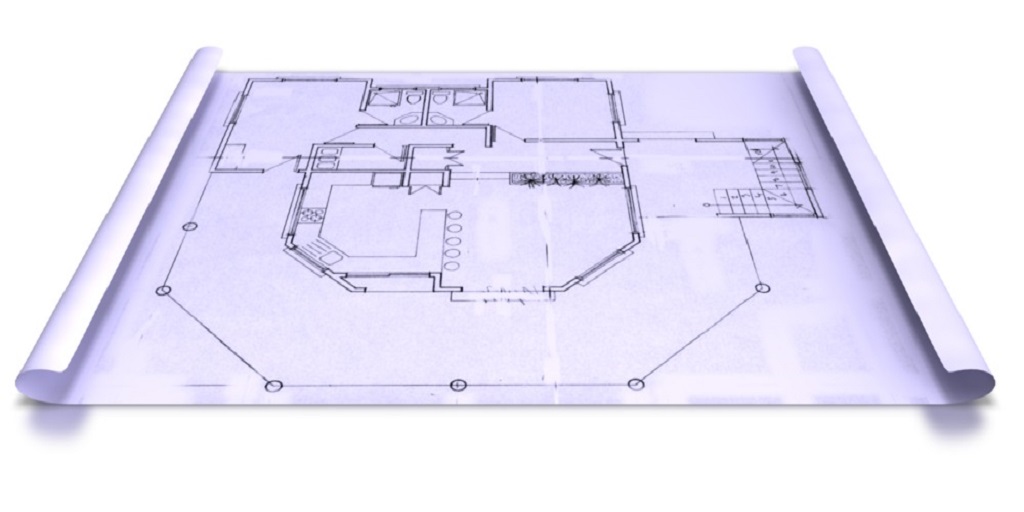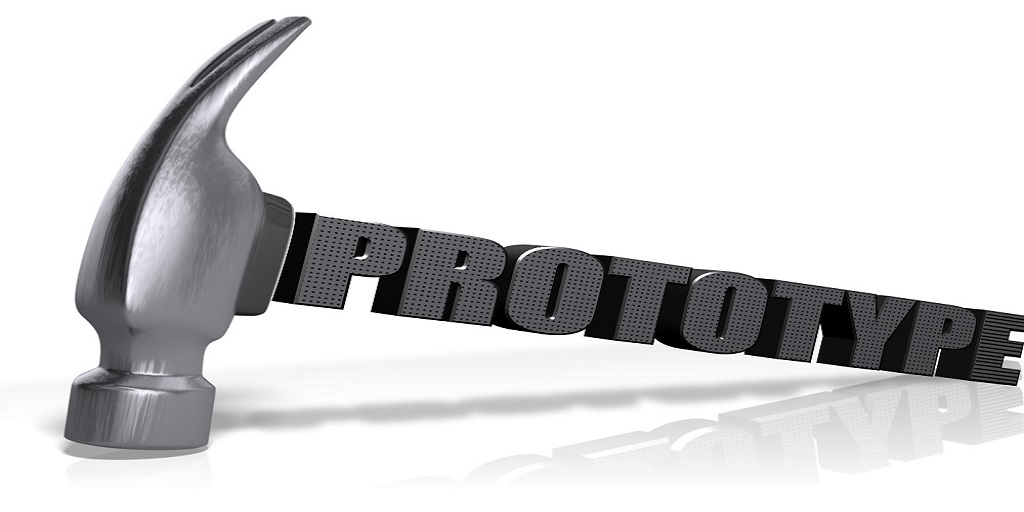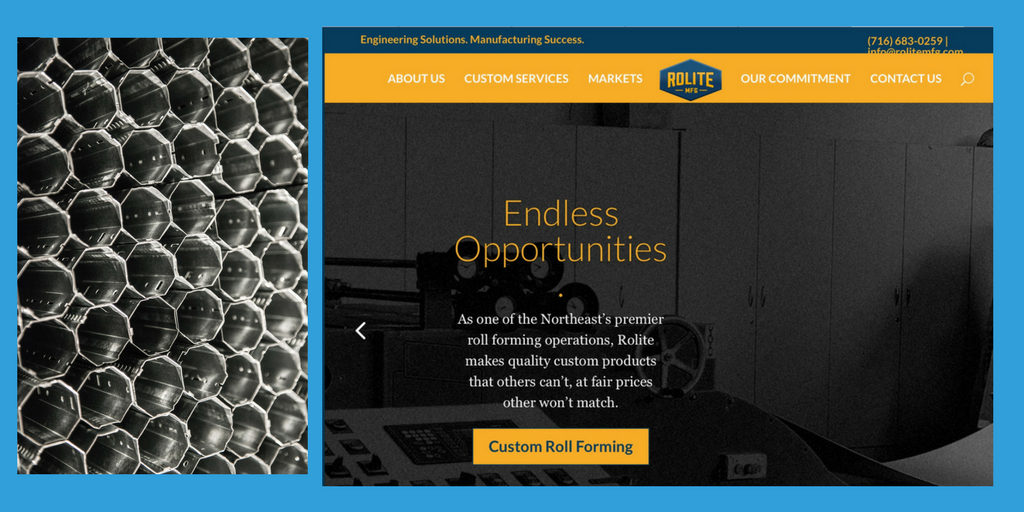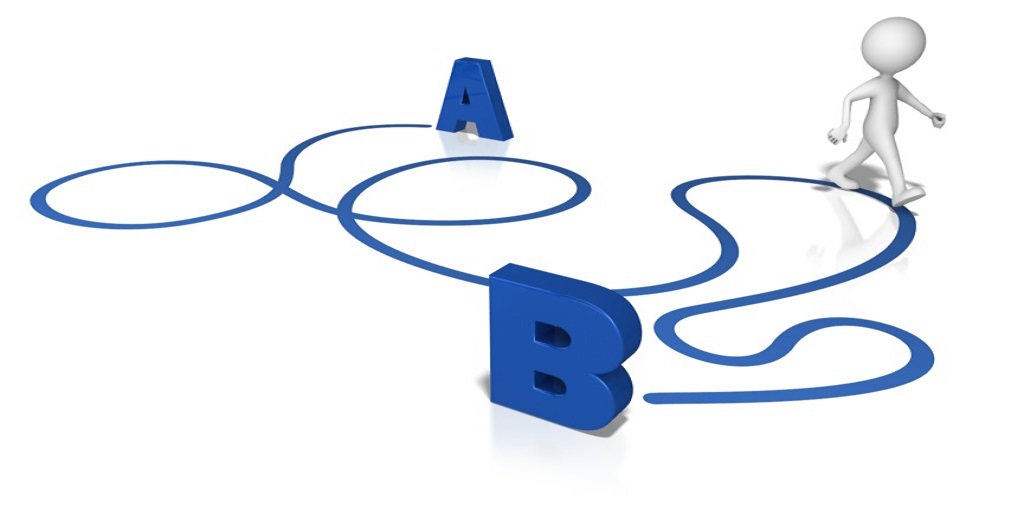Interview with Model Maker Fred Landers
Recently I met with Fred Landers with Paragon Model Makers Inc. and we had a nice conversation about how he can help inventors build working prototypes and models. Having a prototype is important in the patent process as well as manufacturing process.
Like any endeavor cost and efficiency are concerns in trying to reach your goals. The goal for the inventor is to take an idea and turn it into a real product and then to market in the most profitable way.
The first step in the process is coming up with the idea and the second step in the process is to take it from the virtual world to the real world.
I asked Fred Landers a couple of questions as to how he can help in this process.
Question: What are some of the advantages of building a model?
Answer: if you can provide a manufacturer a prototype that the manufacturer can take and reproduce it will decrease the cost for engineering and design. When a manufacturer has a prototype they can simply copy it and avoid the time of actually coming up with a way of how to make it.
Question: What are the different types of prototypes that you can create?
Answer: We can build two different types of prototypes.
- A working prototype (Engineering Prototype) A working model is a great sales tool for marketing a product. It is positive evidence to show that the product can do what you claim it can do. A working prototype gives you a model that actually proves that the product works.
- Nonworking prototype (Industrial Design)
The nonworking model is usually made of a low-volume mold that is machined out of plastic. This industrial design prototype is an example of what the exterior of the product will look like. Examples of nonworking models that we have made in the past are: electric current tester or a computer cover. We create the nonworking exterior of the product and the company that we are working with brings it to life by filling the interior with the “guts” of the product.
Question: What do you need to begin the process of making a model?
Answer: We use a drawing as a starting point. We work in conjunction with various companies that are able to provide engineering grade drawings as a specification for the product. For example we work in conjunction with Devin Cooper from DCA Ltd. who has the ability to create excellent drawings from which we can create a model.
Question: What are the different types of materials that you usually work with?
Answer: We can use anything from metal, injection molded plastic or wood. We can even bore out a solid piece of acrylic and design it into almost any shape.
We have provided prototypes to many different types of companies’ s over the years such as Kodak, Xerox, Fisher-Price and Smith Corona.
Question: What are the benefits of creating a prototype?
Answer: We believe if you create prototypes it lowers the production cost. If the manufacturer has a model versus just a drawing they can:
- Avoid the trial and error normally associated with manufacturing
- Just copy what we give them because if you have a working model you know it works, they just have to copy it.
- Set a definitive cost of manufacturing a product.


.png)



